
Aride is the northernmost island of the granitic Seychelles, roughly 68hectares in area, approximately 1.6km long by 0.6km wide. However despite its small size, it is home to one of the most important seabirds populations in the Indian Ocean. It is the finest nature reserve of the granitic Seychelles and a conservationists’ paradise. Eighteen species of native birds (including five only found in Seychelles) breed on Aride, this is far more than on any other granitic island.
The island is leased and managed as a nature reserve by the Island conservation Society (ICS) of Seychelles, but owned by the Royal Society of wildlife Trusts, a UK based charity since 1973. The whole island is been protected by Seychelles law as a nature reserve. Nature is the top priority, and the only human inhabitants are the reserve’s staff, currently four Seychellois rangers and two island wardens.
The Wildlife

Over 1.25 million seabirds regularly breed on Aride, including the world’s largest colony of lesser noddies, the worlds only hilltop colony of sooty terns and the Indian Oceans largest colony of roseate terns. The island hosts the world’s largest colony of Audubon’s shearwaters and what is thought to be the world’s largest colony of white-tailed tropic birds. There are also very large breeding numbers of brown noddies, fairy terns, wedge-tailed shearwaters and a few pairs of red-tailed tropic birds.
There has been several successful translocations of endangered or restricted-range endemic bird species onto Aride, these include the Seychelles warbler, Seychelles fody and the Seychelles magpie robin. The Seychelles blue pigeon and the Seychelles sunbird have re-colonised Aride naturally.
Aride has the world’s highest density of lizards, with other reptiles such as skinks, geckos and harmless snakes. Two species of marine turtles regularly nest on the beaches, the green and hawksbill turtles.

The reserve boundary includes 200m of surrounding seas, including a beautiful coral reef, with over 450 species of fish, from whale sharks to flying fish!!




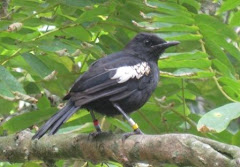




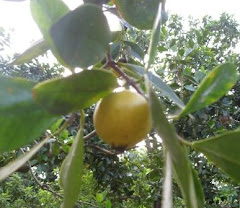

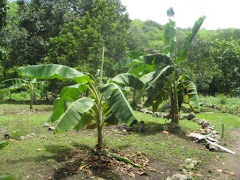
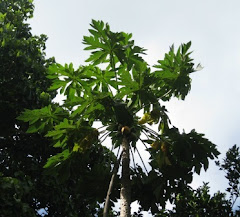
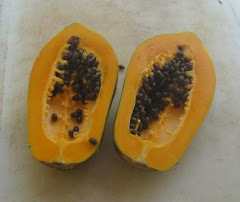
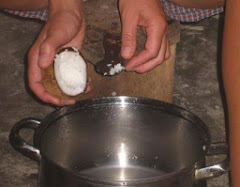


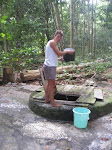




1 comment:
hi sally, India here from class 4.
Really enjoying cathching up on the project, keep us posted!
:)
Post a Comment